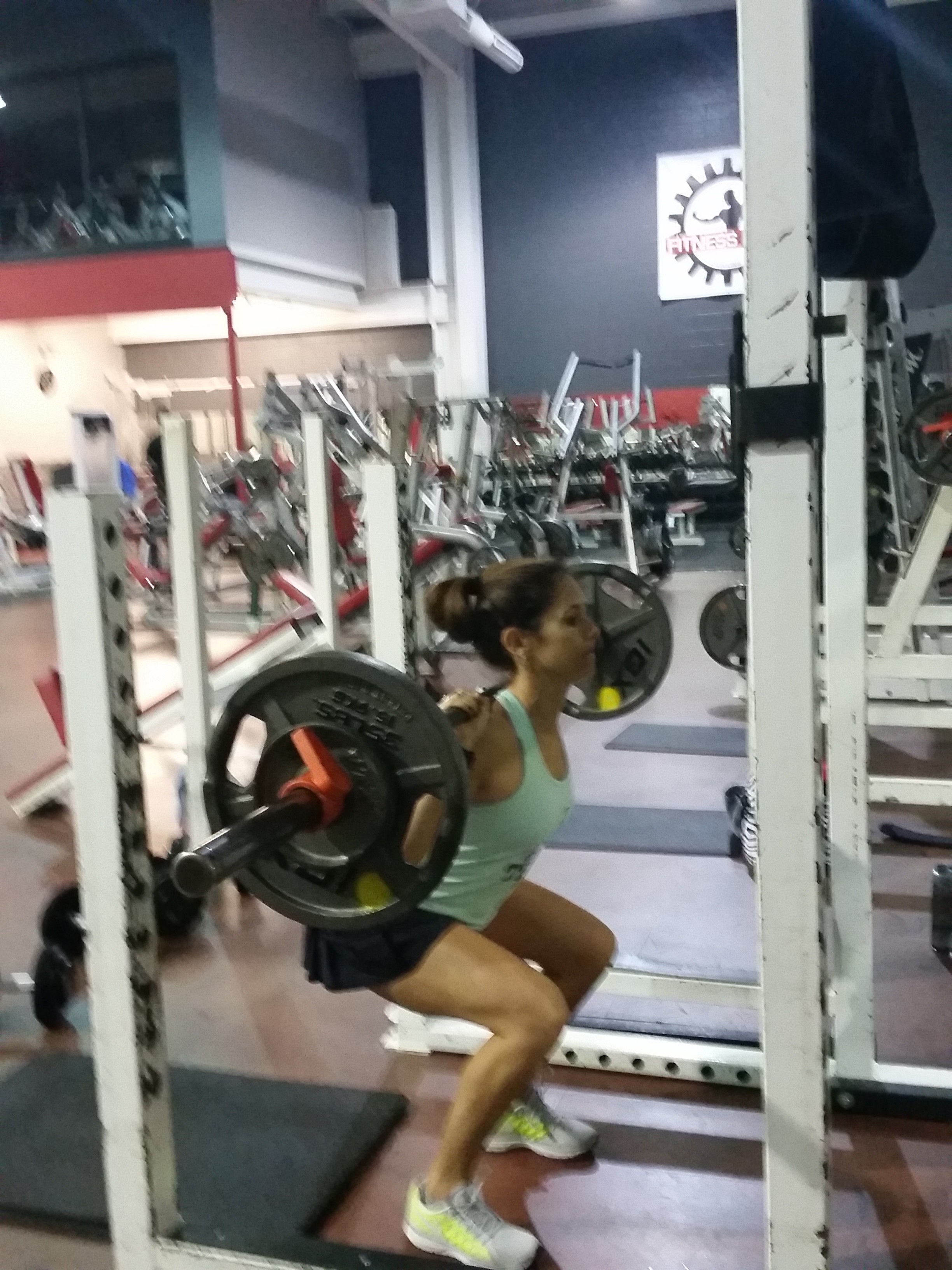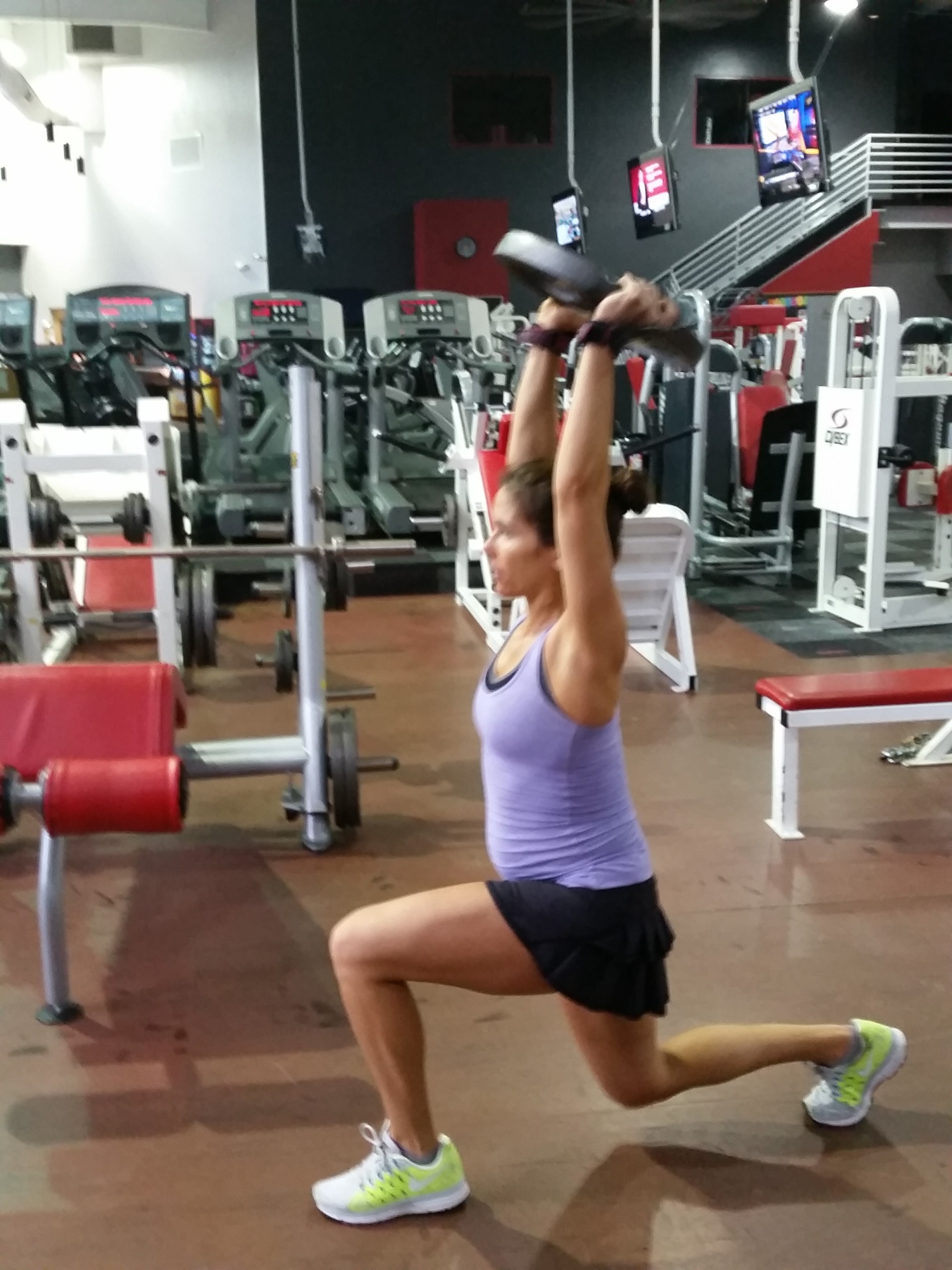Pregnancy Exercise Myths Debunked
Feb 08, 2016
By Emily Saunders
Disclaimer: Please be sure to discuss ALL exercise recommendations with your healthcare provider especially during pregnancy. These are general guidelines and recommendations. Every woman and every pregnancy is different. Listen to YOUR body- it will tell you the truth. Don’t be fearful of exercise- there is NO increased risk of pregnancy complications, miscarriage or the like with exercise. Quite the contrary- studies show time and time again that exercise is fabulous for both growing health babies and keeping mom healthy during and after pregnancy.

1. You shouldn’t sprint/run/jump/do any cardio while pregnant.
This comes from a few assumptions about pregnancy. 1. That muscles and ligaments are “too loose” during pregnancy and 2. that increasing the heart-rate above 140 BPM is harmful to baby. The truth is- it’s all relative. If you were sprinting/doing plyometrics etc. BEFORE pregnancy, then you can likely continue with modifications. SLOW down as you need to and take more rests. It’s more important than ever to tune into how your body feels. As for the exertion- use the RPE (rate of perceived exertion) which has actually been recommended since the early 80s, but for some reason there is still old information being circulated about the 140 BPM heart rate max. Interval training is most definitely the best and as pregnancy progresses you’ll need to decrease intensity by decreasing work times and overall effort and increasing rest times.

2. Lifting Heavy Weights is Dangerous during pregnancy.
While it’s not a good idea to work for any one rep maxes during pregnancy, your body is strong and able to continue lifting throughout pregnancy. It’s of utmost importance to pay close attention to form, choose weight carefully and keep things simple. I also generally recommend avoiding targeted abdominal exercises in the late 2nd and third trimesters. Instead, focus on LARGE muscle group movements like squats, lunges, incline chest presses, standing upper body work and deadlifts. You can work your core by holding your weights over your head for lunges and squats. Keep your back supported by avoiding “rounding” the back and consider a pregnancy support belt. Pay attention to those exercises that challenge your balance as your relaxin hormone and growing belly will exacerbate balance challenges. You can always hold onto something sturdy with one hand for extra support.

3. Lying on your back after the first trimester is harmful for the baby.
While you don’t want to hang out on your back for long periods of time, doing one set of chest presses or similar exercise from a supine position is probably safe. If you experience any discomfort, then again LISTEN to your body. You can always tuck your feet up near your butt for added support. I often do this while doing bench work.
4. You shouldn’t work your abs at all in the 3rd trimester.
While some feel that targeted ab work can increase chances for diastasis recti (ab separation) after pregnancy, there are many ways to work the abs doing big full body movements that keep the core strong during late pregnancy. A few of my favorites: Overhead Lifts like walking lunges or squats with the weight overhead, Straight Leg Deadlifts, any exercise that requires core stabilization like walking lunges with a reach and single leg exercises while holding weights.

5. Your heart rate should not exceed 140 BPM during pregnancy.
I’m never a fan of hard fast numbers (eat x number of calories per day, exercise for x number of minutes, etc). This one is outdated and healthcare providers agree, that said, it still is tossed around as a hard and fast rule. Rather than worrying about the heart rate, use the RPE scale (rate of perceived exertion) and make sure you’re able to speak during your workout. Again- if it feels like you’re overdoing it then you probably are.
You’ve got this Mama! Keep on moving and don’t let anyone tell you what your body can or can’t do
Lorem ipsum dolor sit amet, consectetur adipiscing elit. Cras sed sapien quam. Sed dapibus est id enim facilisis, at posuere turpis adipiscing. Quisque sit amet dui dui.
Stay connected with news and updates!
Join our mailing list to receive the latest news and updates from our team.
Don't worry, your information will not be shared.
We hate SPAM. We will never sell your information, for any reason.

